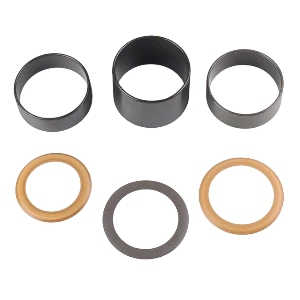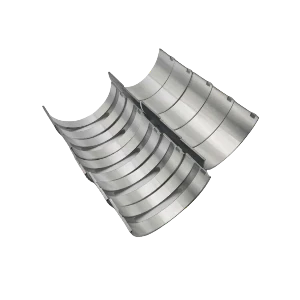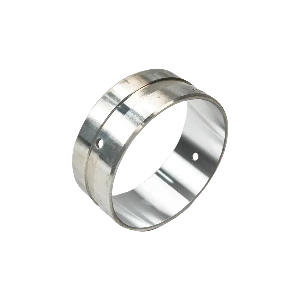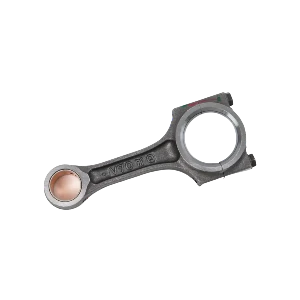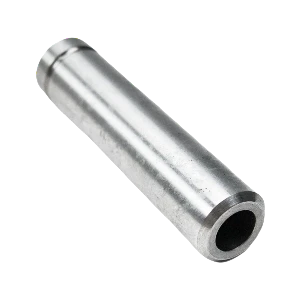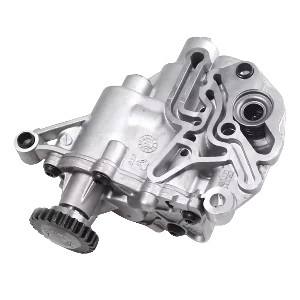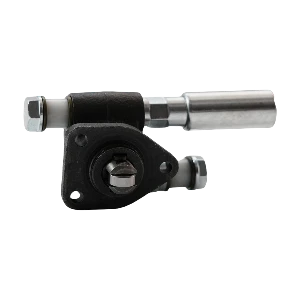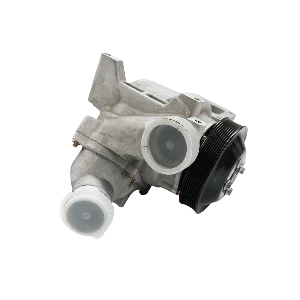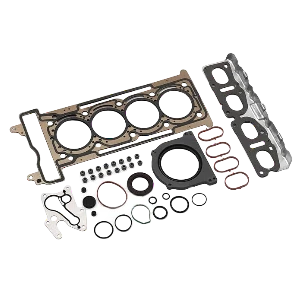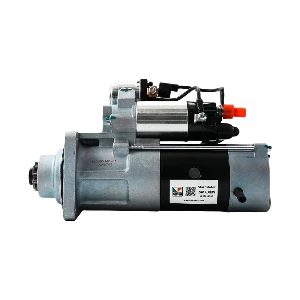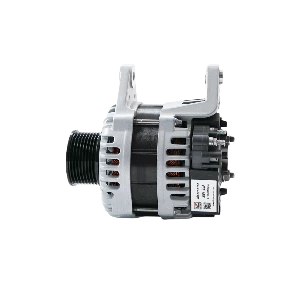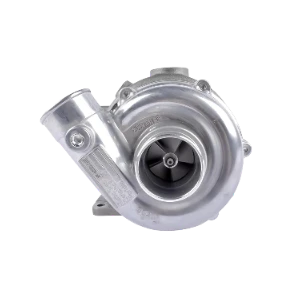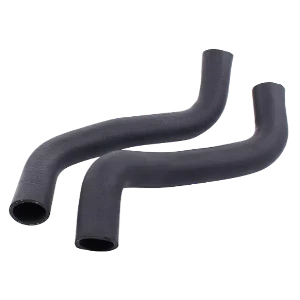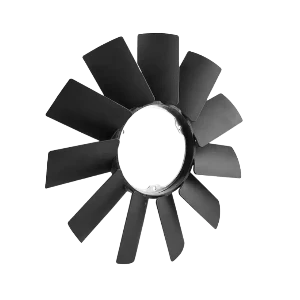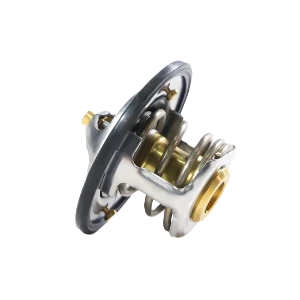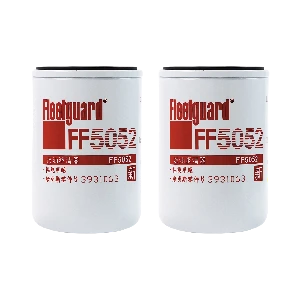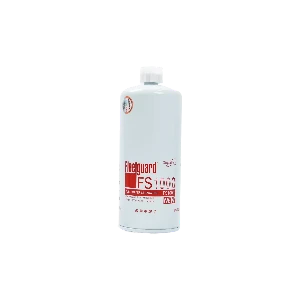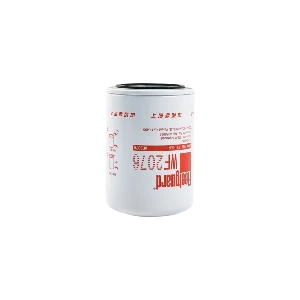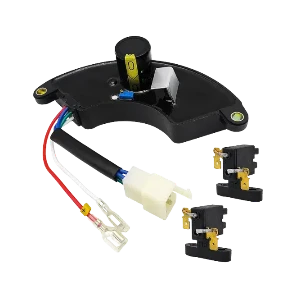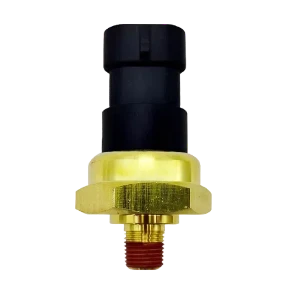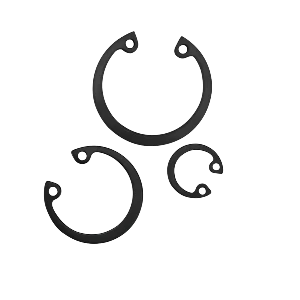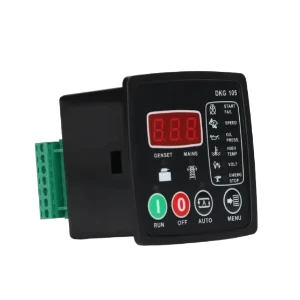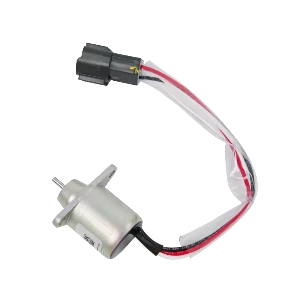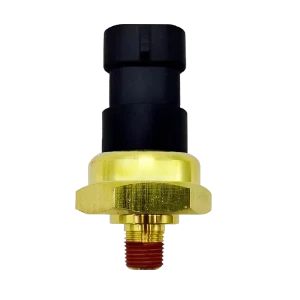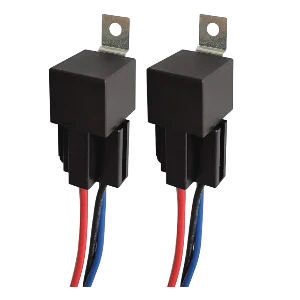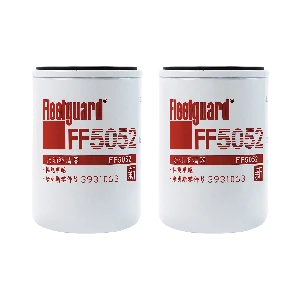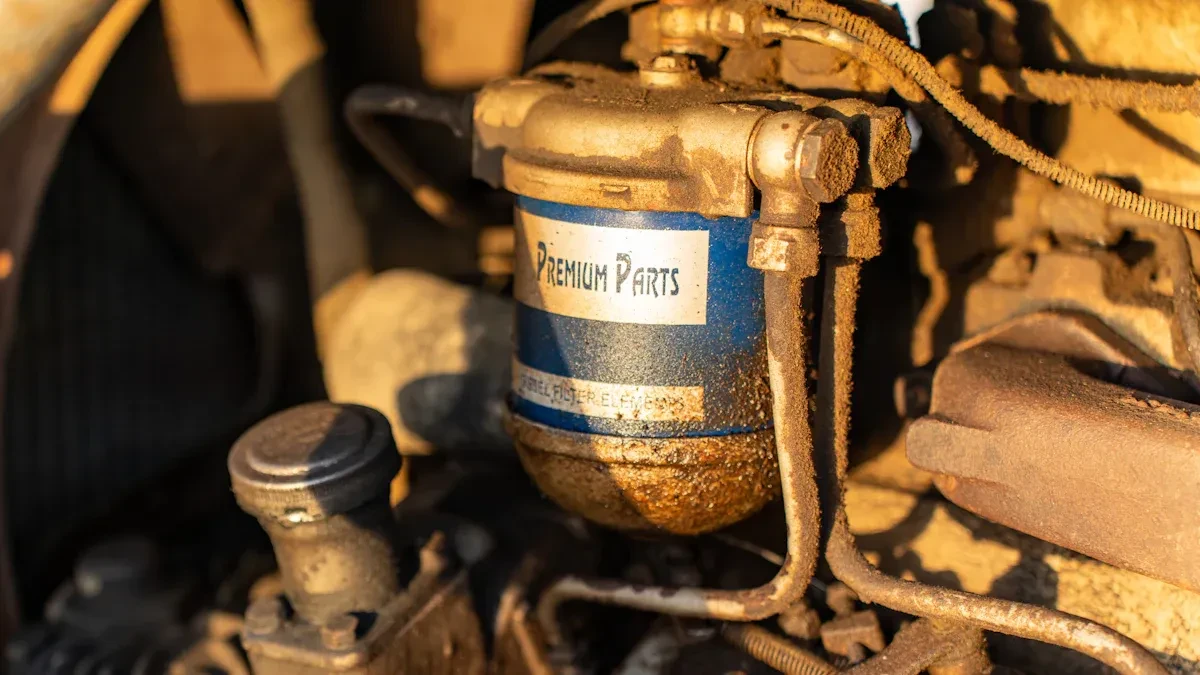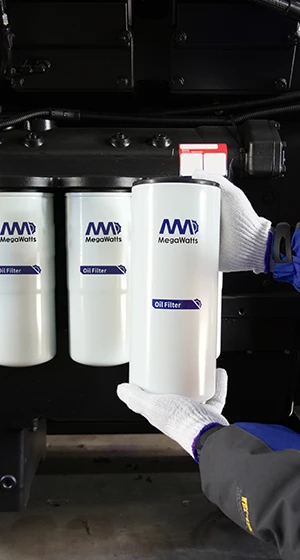7 Signs of a Bad Alternator
Have you ever experienced a car that won't start or takes minutes to start? Or have you noticed that your headlights are dimming and the battery light is flashing? All the phases may indicate car alternator issues, although there are a number of reasons causing this, I have make a clear conclusion in this article for you.
The alternator is a vital and irreplaceable component in your car, it charges the battery and supplies electricity to your car’s electrical systems. A failed alternator often leads to dead car batteries, which often results in high repair costs. Thus, watching out for any symptoms of a bad alternator will be helpful to prevent a serious money loss. Keep reading to learn how to recognize a bad alternator. This article can help you determine if your car's alternator is damaged and provide some tips on how to replace a faulty alternator.
7 Signs of a Bad Alternator
How do you know if you have a bad alternator? How to tell bad alternator symptoms in your car? In the following tips, there are 7 signs in all of a failed alternator. Alternators can go bad suddenly, or slowly over time. Pay attention to these bad alternator symptoms when they come out.
1. Difficulty Starting or Frequent Stalling
If your vehicle struggles to start, or you hear a clicking sound when you turn the key, it is time to listen to the signs and check the alternator. And if your car stalls frequently, especially with the battery light on, it is another signal.
2. Battery Warning Light on Dashboard
The warning light on your dashboard is one of the faulty alternator symptoms. Typically this light is shaped like a battery. Although the illuminated light sometimes points to a battery issue, the light is actually warning you that the battery isn't fully charged, which could also mean there's a problem with the alternator. You should never ignore it.
3. Dead Battery
An alternator's primary job is to keep the battery charged after the engine is started and power the electrical systems while the engine runs. So if you find your battery goes dead overnight, it's a sign of alternator failure. This is because a faulty alternator couldn’t charge the battery properly, which makes the battery die faster.
4. Dimmer lights or Flickering Lights
The alternator fails to provide a constant and stable current when it is broken. It can cause your lights to be dimmer or brighter than usual. You might also notice flickering lights that change in brightness.
5. Slow or Malfunctioning Accessories
Another symptom is if electrical accessories or features move more slowly than they typically do, like power windows, DVD players, seat warmers, etc. These could be the bad alternator signs. In some cars, less important systems lose power first to save the more important ones.
6. Growling or Whining Noises
If you hear some unexpected noises from the car engine, such as "squealing", "whining", "rubbing", or "grinding", You should take alternator problems into consideration. Start by opening up the hood and listening to identify the location of the problem. The alternator’s belt may be misaligned. It could also mean the bearings are damaged.
7. Burning Rubber or Wires Smell
A smelly odor of burning rubber or wires could indicate that parts of your alternator are starting to wear out. The alternator’s belt or wires may be damaged due to constant friction and tension. Also, overheating wires or a frayed belt can cause a bad smell. These strange smells are signs your alternator is going bad.
How long can a bad alternator last?
You may wonder how long can you drive a car with a bad alternator. Well, it actually depends on how much charge the battery left before the alternator failed, how many accessories you have running in the car, and the driving conditions.
Without the alternator, the battery will drain quickly after starting your engine and moving for a short while. When an alternator is out, there would be no power to the ignition system. On average, you could get anywhere from a few minutes to an hour of driving time. You’ll be at the upper end of that range if you’re not using headlights & tail lights, AC, fan, radio, etc.. and closer to the shorter end of the range if you are. However, this is very inconsistent. For safety, it's better to just stop driving the car if you know the alternator is failing.
Potential Issues Driving with a Failed Alternator
Although you can still drive the vehicle with a damaged alternator, it's not a viable long-term solution. There are also some potential circumstances that could affect your driving safety. Check your vehicle to avoid further damage to the car or injury to yourself.
When your alternator fails, it means you lose aconsistentpower supplier.This is very dangerous considering that most new cars today use electric power steering. Imagine you're driving on the highway but have started to have trouble steering, which is a nightmare for a new driver.
Car batteries typically have a lifespan of 3 to 5 years. Many things can affect their lives. A completely drained battery can shorten its life. Letting the battery run down often can damage it. It makes it harder for the battery to hold a charge.
How to Replace an Alternator?
Is it hard to replace an alternator? NOT horribly difficult. It is considered a moderate-level repair job, requiring basic mechanical skills and the right tools. However, the difficulty can vary depending on the vehicle's make and model. Here are some tips for replacing an alternator.
Before start changing the alternator, always disconnect the negative battery cable to prevent shorts. Check the vehicle manual to see if a battery maintainer is needed to avoid drivability or module issues. Ensure the ignition is off. Then, disconnect the negative (ground) terminal, marked with a minus sign (–), and cover it to prevent accidental contact. Use this time to clean, inspect, and test the battery. A weak battery can lead to early alternator failure.
ATTENTION: Ensure the battery is fully charged after replacing the alternator. Using the new alternator to charge a low-voltage battery will do harm to the alternator.
The alternator is attached to the engine, and its position varies depending on the vehicle, either at the front or side of the car. If you need to reach it from underneath, use professional tools to lift the vehicle and keep it stable, including hydraulic jack, jack stands, and wheel chocks.
While replacing the alternator, check these related components too:
1) Drive Belt: The lifespan of a drive belt is approximately 90,000 miles. Look for cracks, frays, and wear. A worn belt can cause noise and reduce alternator performance. Replace any other worn belts.
2) Drive Belt Tensioner: A well-running drive belt tensioner shouldn't be too tight or loose. Check the tensioner for smooth movement.
3) Belt Alignment and Pulley: Ensure the belt and pulleys are properly aligned. Worn pulleys or tensioners can cause the belt to slip. This can lead to strange sounds and poor alternator performance.
4) Battery Terminal B+ Voltage Wire: Inspect the 12v battery wire for damage or wear. A damaged wire can reduce alternator performance and may cause an electrical fire.
5) Electrical Plug Connector: Make sure the alternator pigtail and harness don't have loose terminals or damaged pigtail connectors. Replace damaged parts and use dielectric grease during installation.
6) Contamination: Ensure the alternator is not soaked in oil or other fluids. Contamination can damage the alternator and void the warranty.
After checking and disconnecting the electrical connections, drive belt, and any obstructing parts, you can unbolt the alternator from the engine and its mounting brackets.
Compare the old alternator with the replacement. Check if the electrical connector and the design match. Make sure the mounting bolt holes line up. Some alternators may look different because of changes made by the manufacturer. Check the paperwork that came with the replacement before thinking it is the wrong part.
Align the alternator mounting holes and loosely install the bolts and nuts. Tighten them evenly, making sure all threads are engaged. On some vehicles, connect the electrical parts before fully tightening the alternator for better access. Position the drive belt and rotate the belt tensioner to install it. Refer to the under-hood belt routing diagram or consult a repair guide if needed. For tight spaces, start the belt on pulleys with a lip (usually grooved) and finish on the smooth pulley. Never force the belt. For manual tensioners, ensure about ½ inch of deflection in the belt between the farthest pulleys.
After reinstalling the alternator, drive belt, and electrical connections, double-check the work area for any overlooked items. Remove all tools and loose parts. If a battery maintainer was used, follow the proper steps for it. Ensure the battery posts and cable connections are clean and secure. Replace any damaged parts. Install new felt washers on clean battery posts and reconnect the battery cables, starting with the positive and ending with the negative. Apply battery post grease to prevent corrosion.
Test the alternator’s output with a multimeter. With the car running, the voltage should read between 13.25 to 15 volts. If not, check the wiring and connections. If troubleshooting is needed, consult a repair manual or visit a local shop for help.
ATTENTION: Ensure the battery is fully charged to avoid damaging the new alternator.
-
Previous Post:
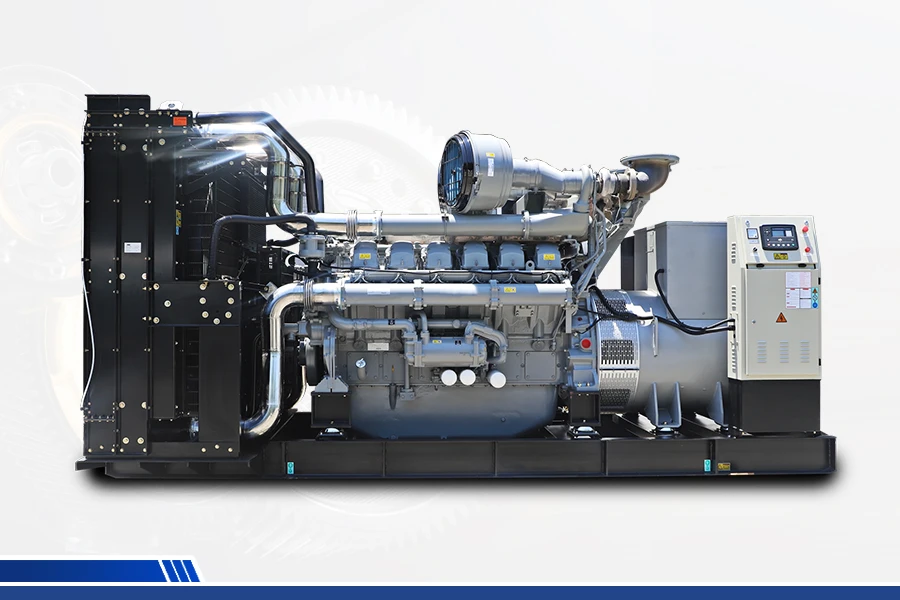 BLOGMegawatts BlogIntroducing the components of a diesel engineIntroducing the components of a diesel engine A diesel generator set is a type of internal combustion generator set and is currently one of the most widely used power generation devices in the world....
BLOGMegawatts BlogIntroducing the components of a diesel engineIntroducing the components of a diesel engine A diesel generator set is a type of internal combustion generator set and is currently one of the most widely used power generation devices in the world.... -
Next Post:
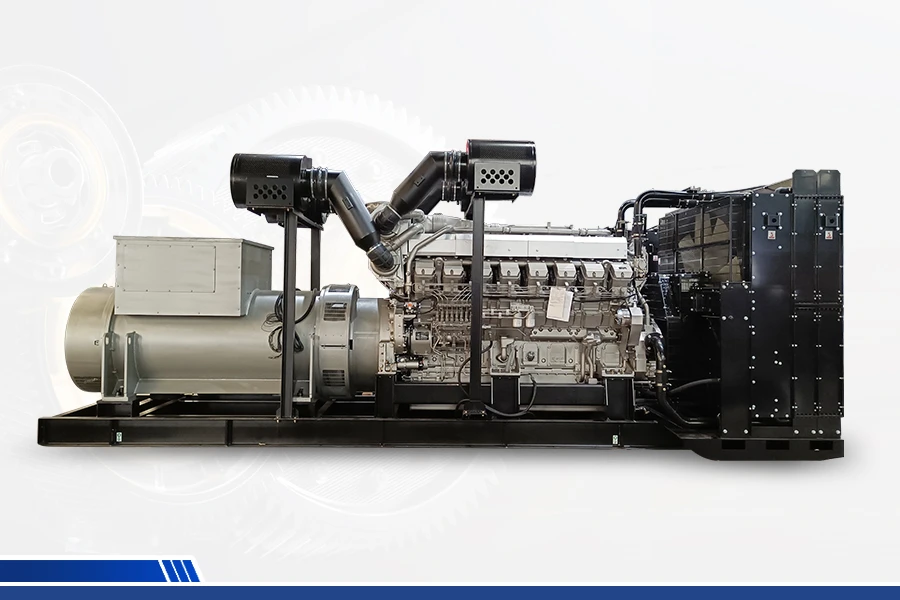 BLOGMegawatts BlogCommon Faults of Diesel Generators1. Difficulty Starting: Check if the starter battery is fully charged; maintain or replace it if necessary. Ensure there is sufficient fuel and check if the diesel pump is functioning normally. Ins...
BLOGMegawatts BlogCommon Faults of Diesel Generators1. Difficulty Starting: Check if the starter battery is fully charged; maintain or replace it if necessary. Ensure there is sufficient fuel and check if the diesel pump is functioning normally. Ins...
-
 BLOGMegawatts BlogBudget-Friendly Overhaul: Choosing Between Individual Engine Parts and Complete Gasket Seal KitsIn the demanding world of industrial power generation, "Downtime" is the most expensive word in a manager's vocabulary. When a generator engine, be it a massive Cummins unit or a compact Kubota standb...
BLOGMegawatts BlogBudget-Friendly Overhaul: Choosing Between Individual Engine Parts and Complete Gasket Seal KitsIn the demanding world of industrial power generation, "Downtime" is the most expensive word in a manager's vocabulary. When a generator engine, be it a massive Cummins unit or a compact Kubota standb... -
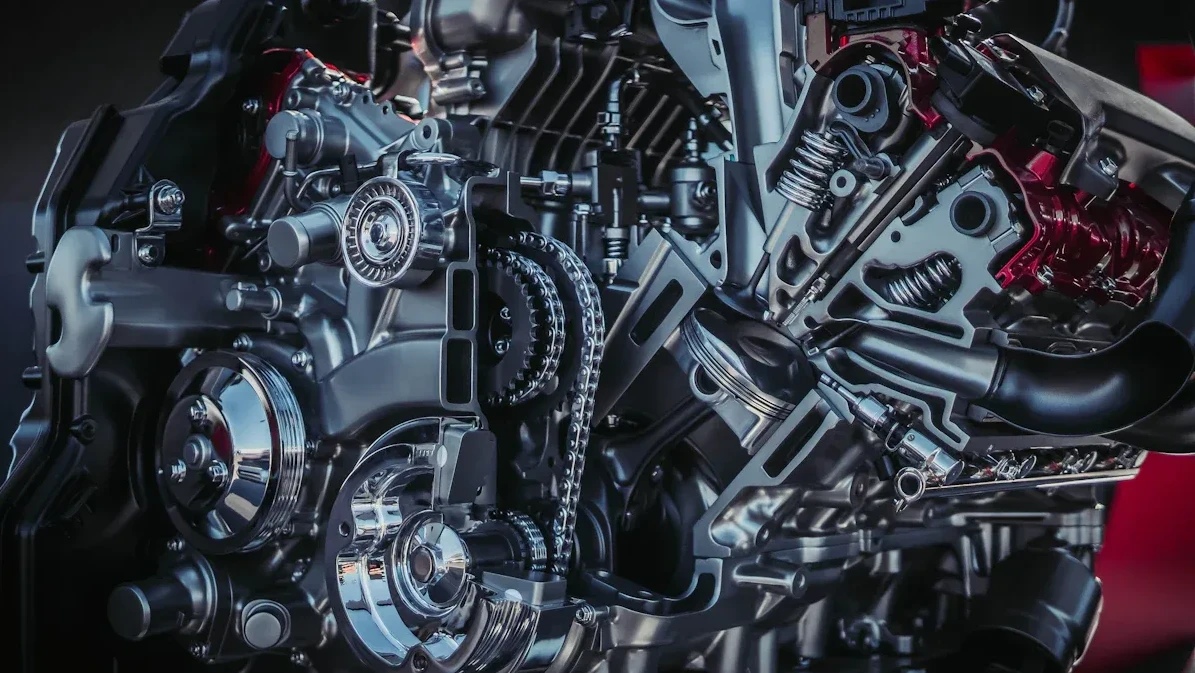 BLOGMegawatts BlogTop 5 Essential Spare Parts to Keep in Stock for Emergency Repairs of Generator SetTroubleshooting equipment failure can be a daunting task. At MegawattsParts, we’ve helped thousands of technicians and operators overcome complex repair challenges and simplify the parts selecti...
BLOGMegawatts BlogTop 5 Essential Spare Parts to Keep in Stock for Emergency Repairs of Generator SetTroubleshooting equipment failure can be a daunting task. At MegawattsParts, we’ve helped thousands of technicians and operators overcome complex repair challenges and simplify the parts selecti... -
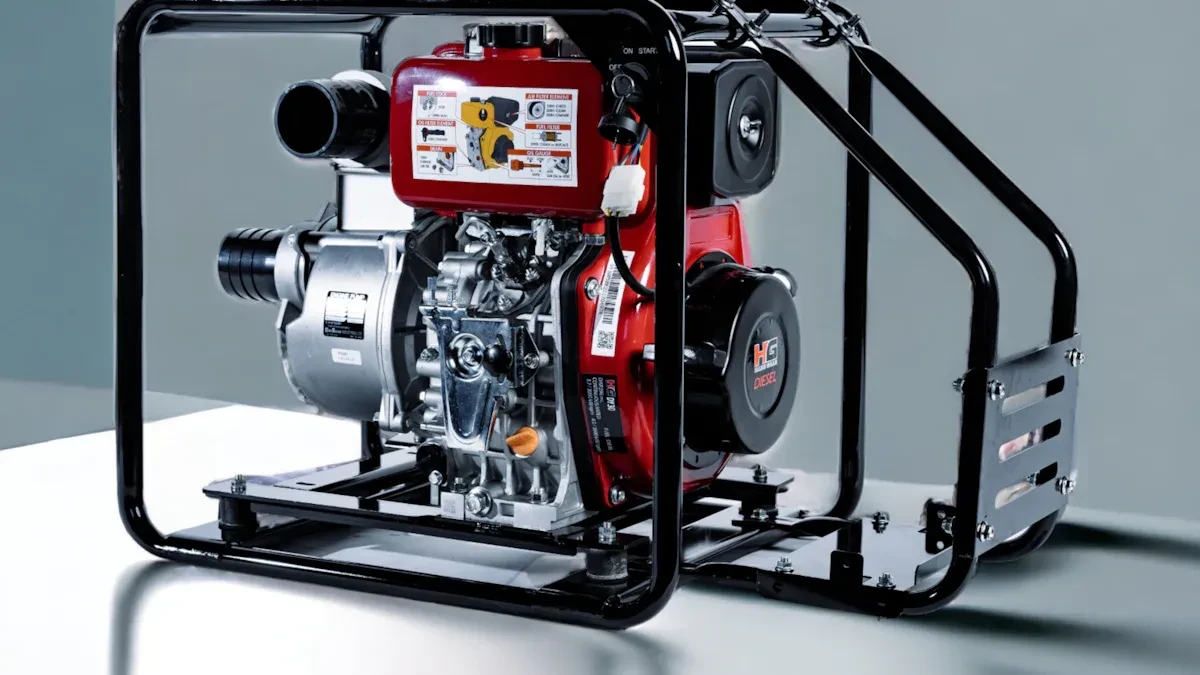 BLOGMegawatts BlogPopular Oil Filter Brands Used in Generator Maintenance:Perkins,Caterpillar,and FleetguardTo ensure your generator operates efficiently and avoids expensive repairs, choosing the right oil filter is essential. Caterpillar oil filters, Perkins oil filters, and Fleetguard oil filters are rec...
BLOGMegawatts BlogPopular Oil Filter Brands Used in Generator Maintenance:Perkins,Caterpillar,and FleetguardTo ensure your generator operates efficiently and avoids expensive repairs, choosing the right oil filter is essential. Caterpillar oil filters, Perkins oil filters, and Fleetguard oil filters are rec...
Select Previous Button or Search Directly on Search Bar!

You agree to MegaWatts.com's Terms of Use and Privacy Policy by subscribing. You may receive emails with useful tips, promotions, and offerings.







